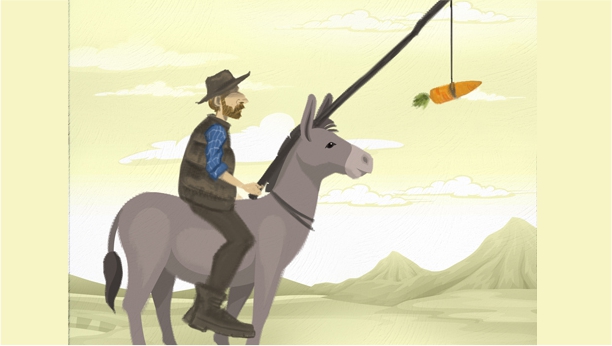
Across every society, culture, and business, there is a fundamental behaviourist idea that if you reward certain behaviours you will get more of them, and if you punish certain behaviours, you will get less of them. However, according to many recent headlines, rewards do not work nearly as well as people think when it comes to changing behaviour.
Log In or become an AIMA member to read more articles
